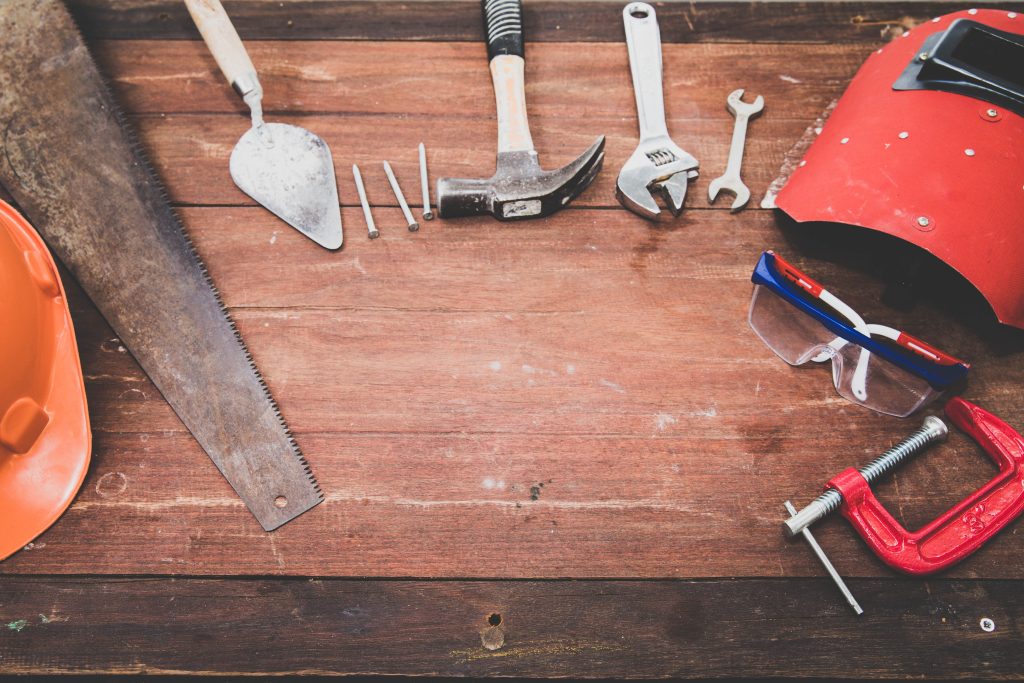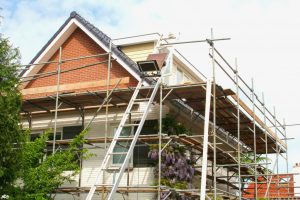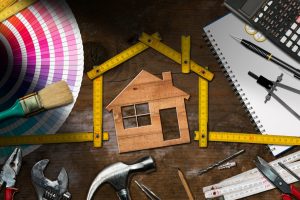Carports are an excellent way to protect your vehicles from the elements. But like anything else, they need proper maintenance to stay in good condition. Here are some things you can do to keep your carport looking its best.
- Check for damage regularly. Your carport will protect your car from being exposed to the sun and other elements, but it also means that it absorbs the damage in place of your car. Always make it a point to look for cracks or holes in the structure and make sure the support posts are still level.
- Keep it clean. Remove any debris that has accumulated on the roof or in the gutters.
- Inspect the roofing material periodically and replace it if necessary. Are there any missing or loose shingles? Are there cracks or holes in the roof? Make sure to repair or replace damaged materials as necessary. Check for signs of insect infestation, such as wood-boring beetles or termites. Treat the problem immediately to prevent further damage to the structure.
- Make sure the area around your carport is well-drained to prevent pooling water.
- Add additional support if you live in an area with high winds or heavy snowfall.
- Inspect the support beams and roof regularly for any dents or structural damage. If you notice any issues, it’s best to address them immediately before they become bigger (and more expensive) problems.
- If your carport has a metal roof, make sure to check for rust and treat it as necessary. Not only does rust affect the appearance of your carport, but it can also weaken the structure and lead to greater damage in the future.
Factors that can damage your carport
- Rain. Carports made of metal can rust over time, causing damage to the structure.
- Wind. Strong winds can cause branches or other debris to fall onto the carport, leading to dents and other damage.
- Hail. Hail can also lead to dents in the roof and support beams of a metal carport.
- Snow. Heavy snow can cause the roof to cave in if the structure is not stable enough to support it.
- Animals. Birds and other animals may build nests in the carport, leading to potential damage or obstructions.
- General wear and tear. Regular use of the carport can lead to dents and scratches.
It’s important to address these potential factors by keeping the carport clean and inspecting it regularly for any signs of damage. Taking preventative measures, such as trimming overhanging branches and reinforcing the structure, can also help protect against potential issues.
How to stop the carport from swaying in strong winds?
If you live in an area that is windy or has tornado and typhoon season then you may want to add extra support to your carport. The first step is to make sure your carport is anchored securely into the ground or onto the house. If it isn’t, hire a professional to do this for you.
Next, check all connections and supports for any loose bolts or screws and tighten them if necessary. Additionally, adding diagonal braces can add extra stability to the structure.
In the event of an impending storm, it is wise to remove any items stored on top of the carport such as bicycles or lawn furniture.
Finally, always stay informed and listen to weather advisories so you can take appropriate precautions for your safety and the safety of your property.
Don’t let your carport be a casualty of strong winds and always take the necessary steps to secure it.
What kind of foundation is best for a carport?
When it comes to carports designs, the foundation can make or break their longevity and stability. So what is the best material for carports?
While wood may be a popular choice due to its aesthetics, concrete is actually the best option for carports. It offers a solid, stable foundation that can withstand heavy winds and other adverse weather conditions. Plus, concrete is low maintenance and can last for decades.
Steel is also a strong option for carports and can be a cost-effective choice. However, it may not be as durable in extreme weather conditions and may need more upkeep over time.
You can also use materials that you used to build your home. Always take into account the weather condition in your area.
Ultimately, the best material for carports depends on your specific needs and preferences. But for a long-lasting and sturdy foundation, concrete is the way to go.
With proper attention and upkeep, your carport can be a safe and attractive addition to your home. Don’t let it become an eyesore – take care of it and you’ll reap the benefits for years to come.






